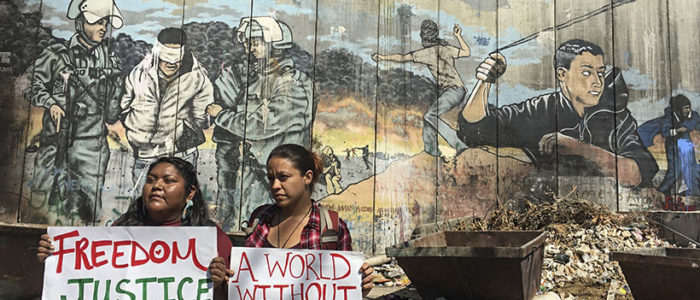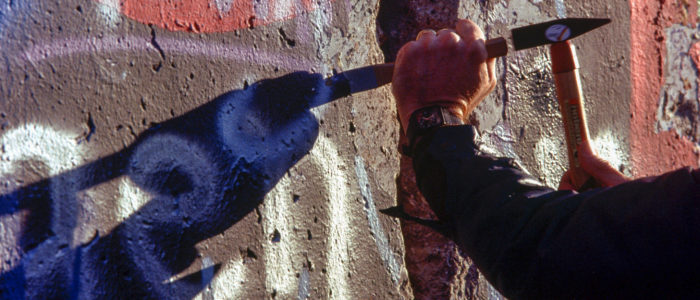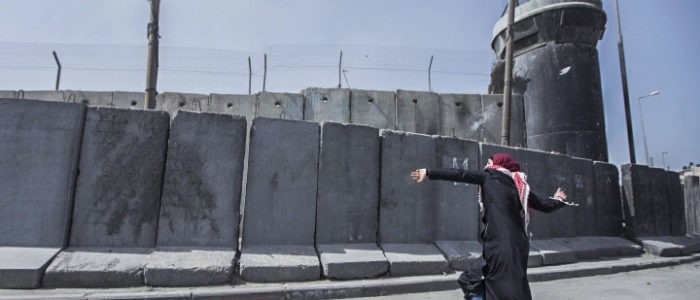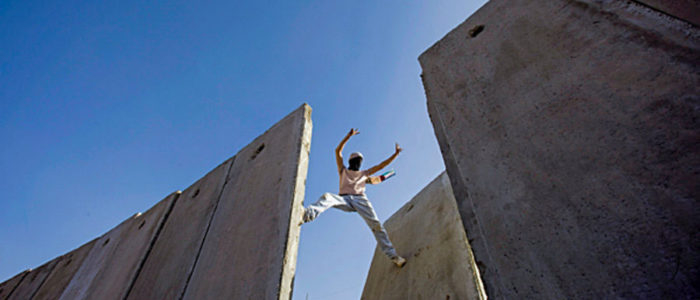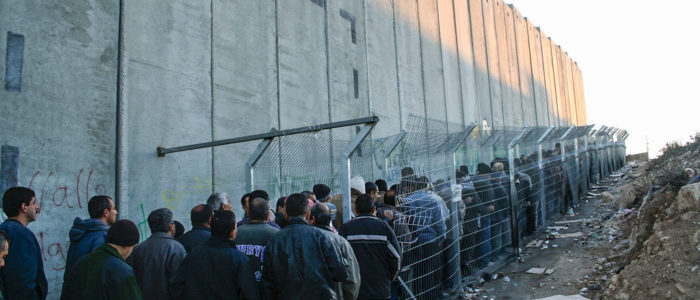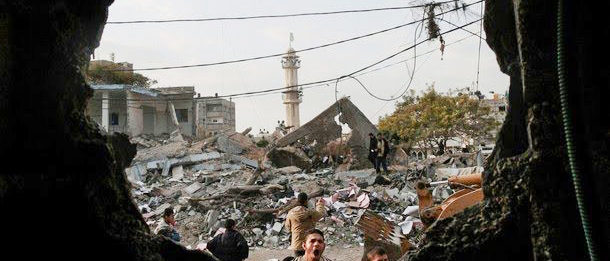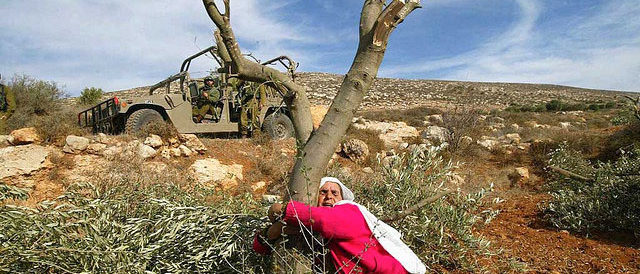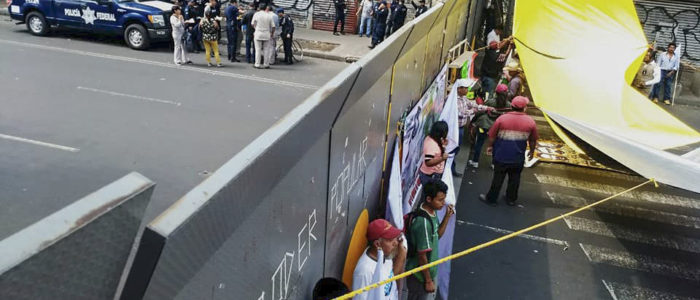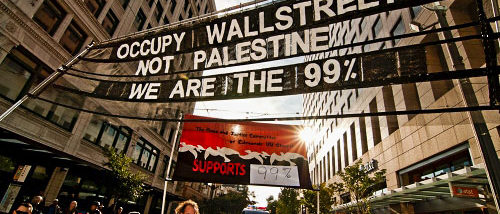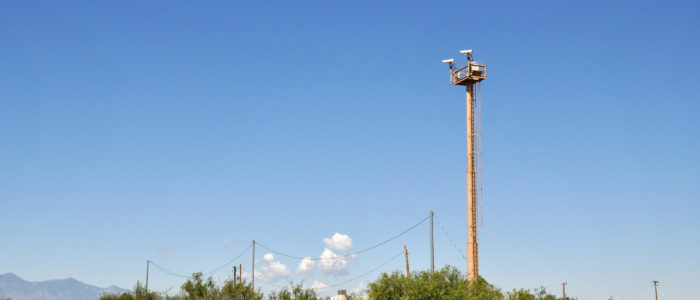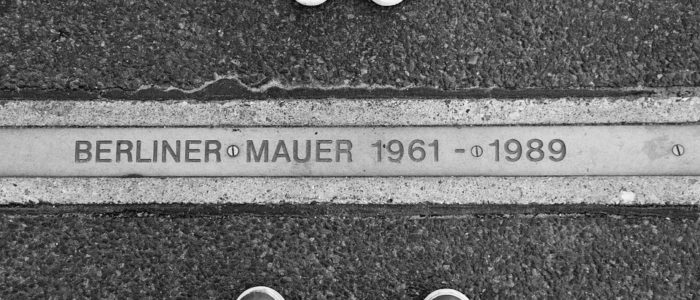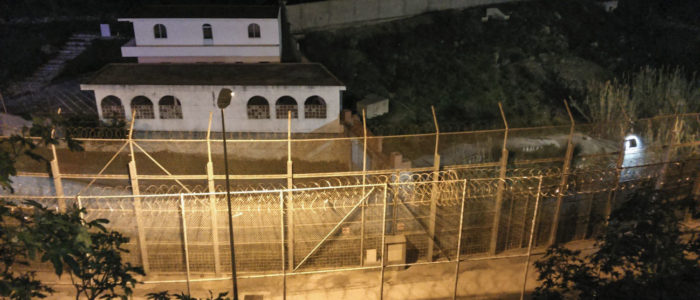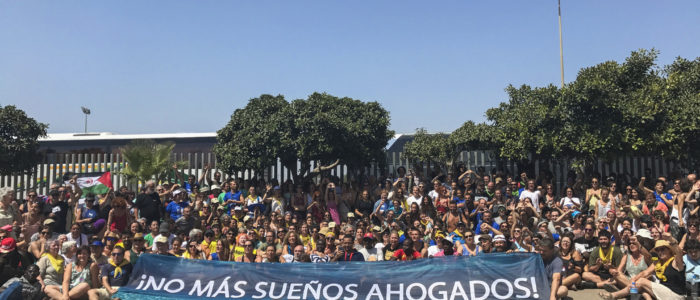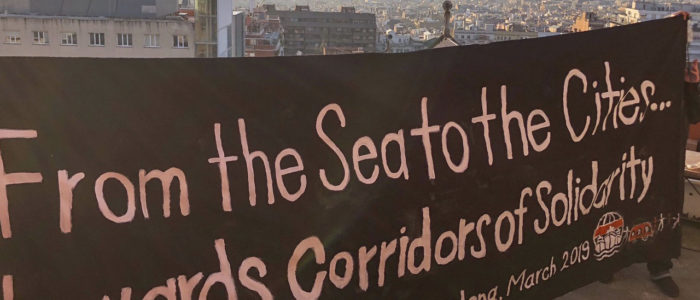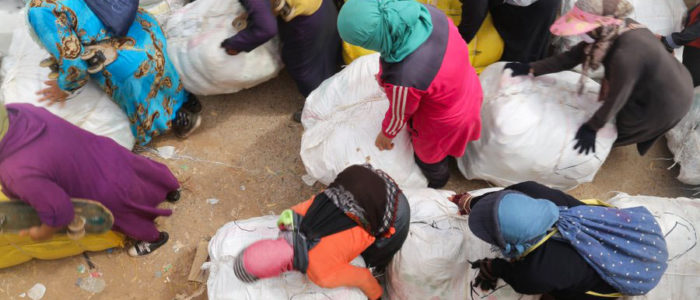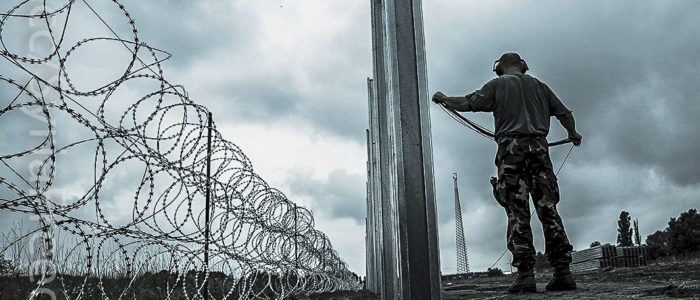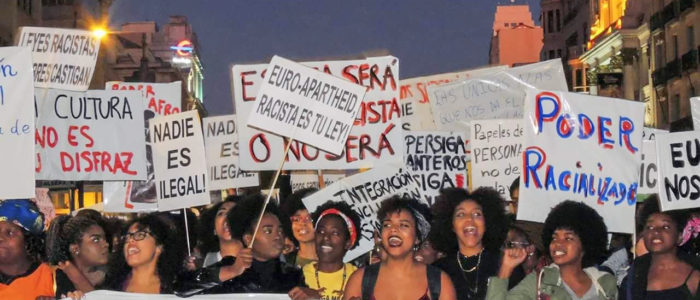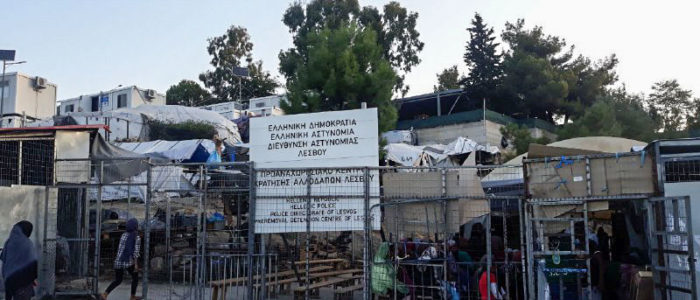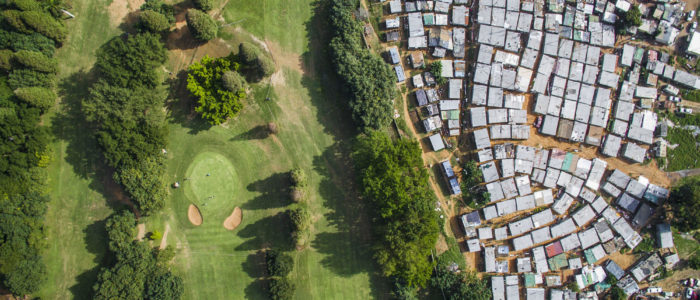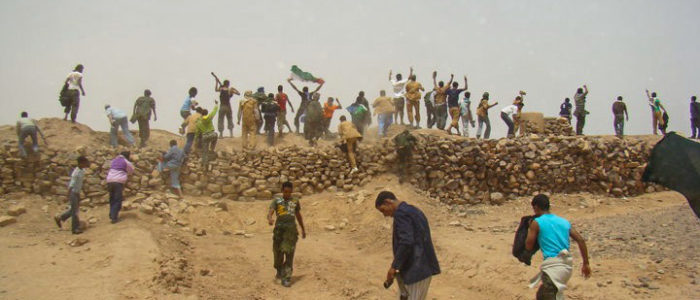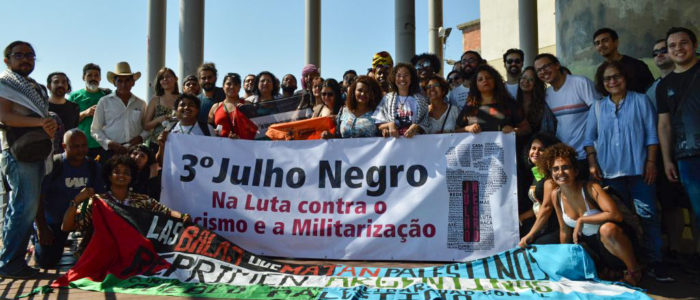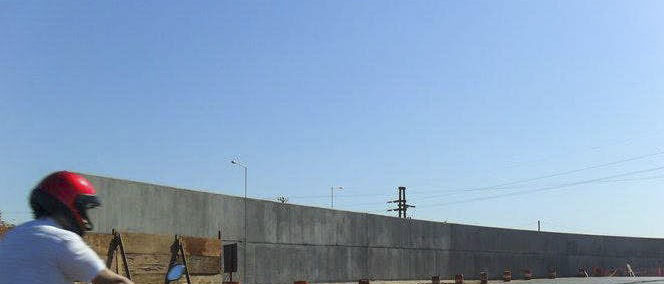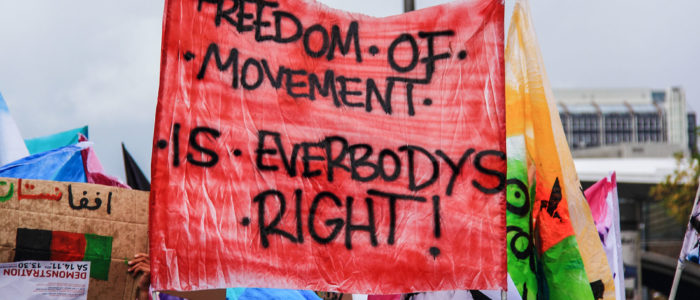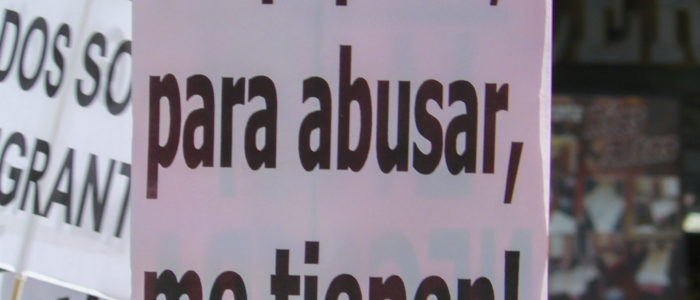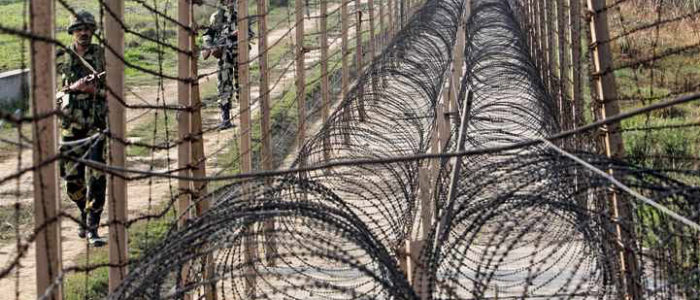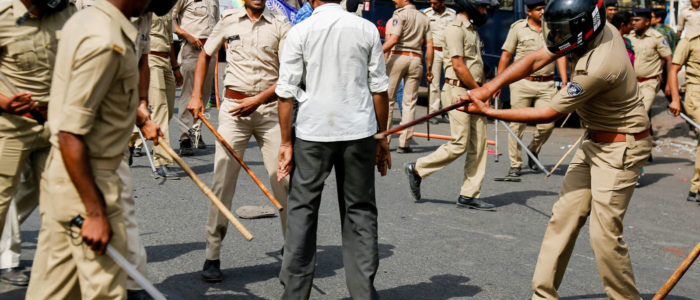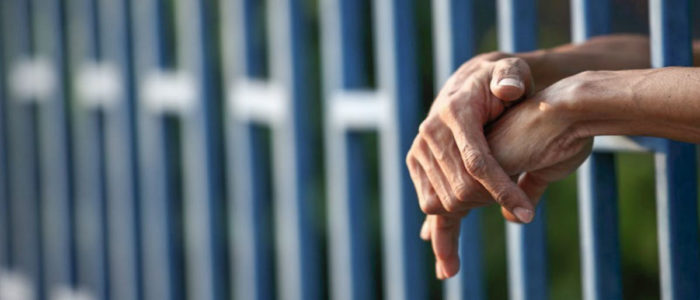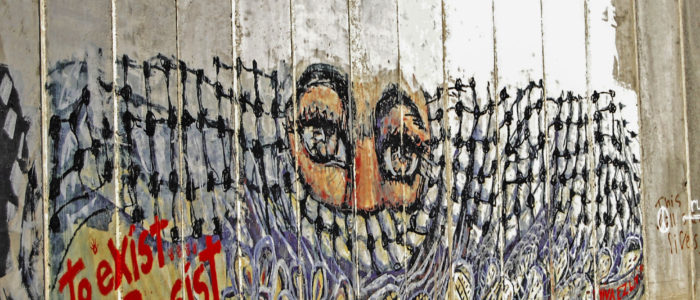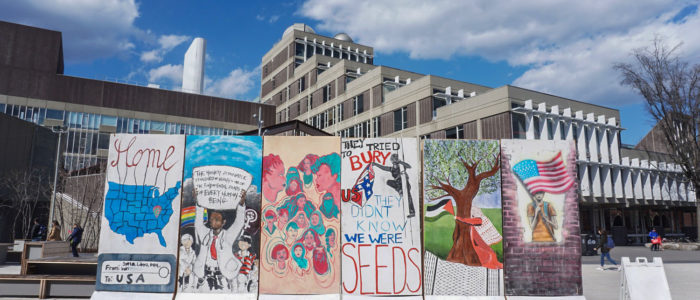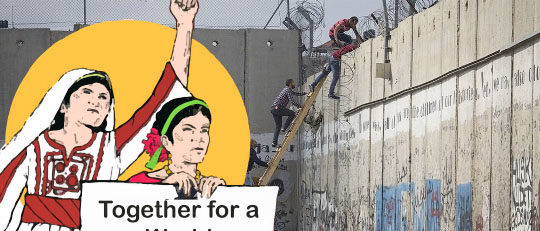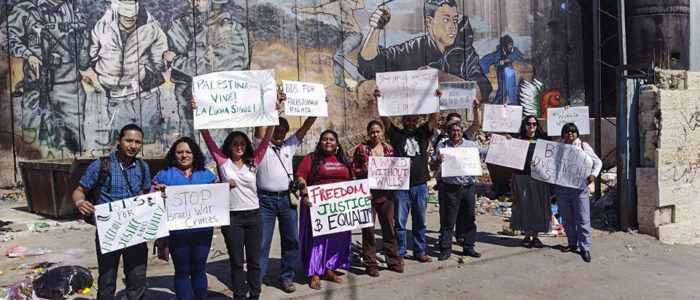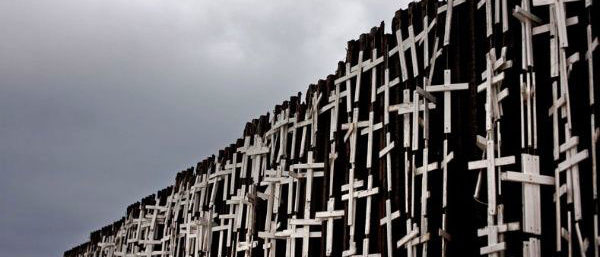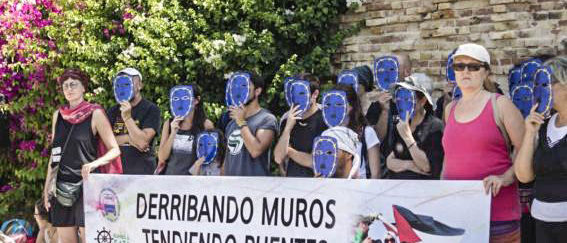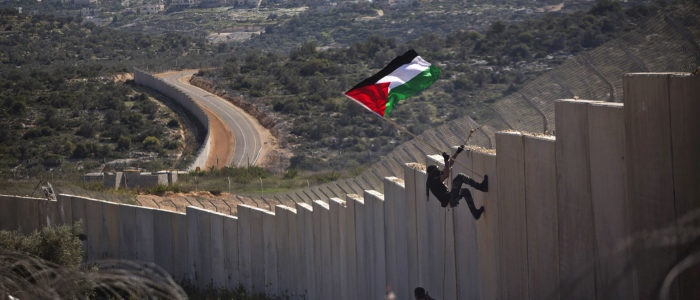Israel’s national strategy – more than ever built on walls
Wall built on the lands of Bilín, Ramallah district. (Oren Ziv/Activestills.org)
In 2002, Israel started building “the Wall”, an apartheid infrastructure that rips through the occupied Palestinian West Bank. It shocked the world. In 2004, the International Criminal Court of Justice confirmed the illegality of the Wall that Israel has built, aid and assistance in its construction, and the need for it to be dismantled.
The ‘associated regime’ of legal acts places the wall within a context and part of a project, even though within a very restricted sense. What I propose to do here is to look at the ‘associated regime’ of the Wall structure that Israel is building in the occupied West Bank, including Jerusalem, from a broader, more political perspective in order to allow us to understand the underlying quest of territorial conquest, racist supremacy and imperialist domination that underlies Israel’s numerous walls.
In 1992, Israel launched a process to develop what they would call their ‘Master plan’.1 Under the aegis 10 Israeli ministries, over 250 professionals from across different sectors that maintain and profit from Israel’s colonial project on Palestinian land, including academics2, politicians, military officials, both public and the private sector, unions, NGOs and Jewish international agencies, came together to develop this plan. Five years later, they had concluded 18 reports that were to be presented to the general public. These reports together constituted a comprehensive long–term strategic “National Spatial Plan” for Israel’s settler colonial project along three major lines: ‘business as usual’, economics, the social and the physical-environmental perspective.
The timing and location and presentation of the Master Plan could not be more telling. It had been shaped by 1997, exactly 100 years after the first Zionist Congress in Basilea which adopted the Basilea Program aimed at colonizing Palestine and establishing a Jewish homeland there. Its launch was organized at the first Herzliya conference3 in 2000: this comprehensive document of re-strategization was unveiled at the conference convened in honor of the founding father of the Zionist settler colonial project, Theodor Herzl, who had convened the Congress in Basilea. Not at all coincidentally, this was exactly one year after, according to the Oslo Accords signed in 1993 between Israel and the Palestinian leadership, a Palestinian state in the occupied West Bank, including Est Jerusalem and Gaza, was to be established. Once that date had lapsed without the establishment of a Palestinian state, the conference stood on solid ground. We know now that Israel never even contemplated the possibility for Palestinians to have a state, not even on the 22% of our historic homeland that are the West Bank and Gaza.
Towards the Herzeliya Conference
The strategic planning exercise that lead to the Herzeliya conference was underpinned by a number of regional and global factors. Firstly, in 1990 along with the collapse of the Soviet Union, the end of the Cold War brought with it the imposition of a new era of brutal imperialist domination. Neoliberal globalization based on full US dominance shaped the new international alliances, treaties and institutions which appeared in the field of trade, finance and defense. Secondly, in 1991, the destruction of Iraq destroyed a rising Arab military power that almost disturbed the balance of military forces in the region and challenged Israel’s regional dominance. Thirdly, as a result of the war on Iraq, the US-Israeli dictated Madrid peace conference was launched which set in place a negotiation process that sought to promote “peace” between Israel on the one hand and the Palestinians and Arab countries on the other hand, aiming at solving the Middle East problem. The result was the Oslo Accords.
The Herzliya conference and the process towards it sought to reformulate Israel’s strategies and future in light of these developments in order to further Israel’s apartheid regime and its ongoing quest to permanently settle as much Palestinian land as possible and dispossess the Palestinian people in order to do so.
Israel’s true vision and its concept of the peace process was revealed through this planning, which was announced at Herzliya Conference in 2000. While sitting at the negotiating table with the Palestinians, the Herzliya conference disclosed four racist colonial ideas to be implemented against the Palestinian people. The first two aimed at securing Jewish dominance over the native Palestinian population within the territory Israel controls since 1948, “Judaization” of the Galilee4 and of the Negev.5 The second aims at finalizing a so-called “Greater Jewish Jerusalem”, and the last aim defined a policy of “unilateral disengagement” from the Palestinians in the West Bank and Gaza.
These projects are being put into practice on the ground, transforming the geopolitical map of Palestine and the occupied territories through tactics of racial segregation and domination over native Palestinian life, and making it impossible to establish an independent Palestinian state. In doing so, the Israeli settler state has enshrined colonial control over all of historic Palestine.
The walls as an integral part of Israel’s project
These four racist colonial aims are based on one central organizing principle – Walls. Three types of walls are being either erected, imposed and enforced on our everyday lives by Israel’s settler colonial mentality of domination: physical walls, virtual walls and psychological walls.
The physical walls, are the most palpable example. They have been first developed to enclose the occupied Gaza Strip in 1995 and have developed into the infrastructure that allows the ongoing brutal siege on Gaza. They consist of a system of walls and barbed wires for a length of 360 km around Gaza Strip. The second example is the ‘Greater Jewish Jerusalem’ project, which besieges Jerusalem with 181 km of walls that cuts deep into the West Bank and annexes the settlement blocks within Jerusalem while isolating Palestinian villages. 22 Palestinian villages, inhabited by 225,000 Palestinians have become isolated from Jerusalem. Four illegal settlement blocks, inhabited by 210,000 settlers, have been incorporated within Jerusalem. The third example is the unilateral segregation and annexation project in the West Bank, which establishes a racist colonial system of control based on three elements. Firstly, policies to isolate and imprison Palestinians in their towns and villages and cut them off from their lands and orchards through the imposition of a 770km of walls that divide the West Bank into three main cantons, the north, middle and south, with a large number of isolated villages besieged by settlements and bypass roads. Secondly, the development of an apartheid road system for Israeli settlers which is 1400 kms in length, and links the illegal settlements to each other and connects the existing Israeli road network. In parallel Israel created an alternative road network for the Palestinians linking their villages and cities with each other. Both road systems are segregated through 48 bridges and tunnels. The bridges are controlled by the Israeli occupation forces, which can close the tunnels that Palestinians have to use at any time. This way Israel can impose a complete shut-down and fragment the West Bank within hours. Thirdly, the system of military checkpoints and roadblocks control the movement of Palestinians who are subject to 24-hour surveillance.
Israeli’s settler colonial project in its racist foundations and its ongoing conquest of Palestinian land and policies of ethnic cleansing is based on a mentality of walls. This is evident not only in the West Bank, including Jerusalem, and Gaza. It is visible in the Galilee, where ever more land of Palestinian villages is confiscated and cut off, in order to establish industrial zones and to build roads that connect villages with Jewish majority areas by besieging historic Palestinian villages. Israel’s policies in the Naqab/Negev, such as the Prawer Plan6 is also based on the uprooting of around 70,000 Palestinian Bedouins from their homes and lands, their removal from the Negev and their confinement in 5-7 localities.
The virtual or surveillance walls are the most recent form of walls. The Israeli obsession with control and espionage is nothing new but the modern surveillance technologies have given this aspect a completely new dimension.7 Today, digital cameras that monitor Palestinians everyday movements, so-called C4I systems (Command, Control, Communications, Computers, & Intelligence) that Israel has developed for its warfare and adopted into technology of totalitarian population control, biometrics, facial recognition and more have made Israel one of main surveillance states in the world, which exports these system globally.
A complex surveillance system with cameras and sensors is developed for and installed on the walls. This surveillance is an integral part of our lives and their walls. The bypass roads, the entrances to Palestinian villages and cities, inside the settlements and at the road junctions are all equipped with 24-hour surveillance. Perhaps the biggest example of this system is in Jerusalem and particularly the Old City. At every corner, at the entrance of every house, every 100m in the Old City neighborhoods, every street and traffic light, surveillance cameras are installed. It gives a continuous feeling of being chased and observed in each move.
Finally, there are the internal, psychological walls created by this system of oppression that systematically dehumanizes the Palestinian people, encaging us behind walls, killing and imprisoning us and submitting us to totalitarian surveillance that seeks to paralyze and create internal walls of fear for Palestinians.
For example, repeated settler attacks on Palestinians, massacres of Palestinian civilians and attacks on farmers on their lands are aimed at building a wall of fear among Palestinians, which is aimed to prevent us from cultivating our land or even trying to reach it. The same is true of the policies of collective punishment and the demolition of Palestinian homes in response to any act of resistance.
At the same time, the settlements, surrounded by walls, barbed wire, surveillance systems, gates and guards, are heavily fortified garrisons that necessarily rely on force to maintain their domination over territories that are not theirs. The large red banners installed by the Israeli army at the entrances to Palestinian villages carry a warning to Israelis in both English and Hebrew not to enter these areas because Palestinian areas supposedly pose a “threat” to their lives, thus dehumanizing the Indigenous people to whom the land rightfully belongs, while justifing the barbaric imprisonment practices of caging Palestinians behind walls and segregating us into ghettos.
The walls will fall
Israel’s Walls and their associated regime continue to grow in Palestine. Yet, as a people we continue since their inception to resist them, every day wherever we can. One belief keeps us strong: no walls and no colonization has ever lasted forever.
While the Palestinian people have the legal grounds to argue that the wall is illegal under international law, UN resolutions have not favored Palestinian calls for justice. Thus, on July 9 2005, exactly one year after the decision of the International Court of Justice on the Wall, Palestinian civil society called collectively for boycotts, divestment and sanctions (BDS) against Israel. This has given people across the globe a campaign through which they can support Palestinians in their struggle to tear down these walls and work towards comprehensive justice in Palestine, including the end of the Wall, the settlements and occupation. As well as the implementation of the right of return of the refugees and full equality of Palestinian citizens of Israel. It is time to cut the ties that promote, legitimize and build walls and instead build a World without Walls.
1 “’Israel 2020′ – Master Plan for Israel in the 21st Century”, Samuel Neaman Institute, Technion – Israel Institute of Technology. Available here.
2 Researchers from Dublin and Walberg universities in Denmark, Hawaii Cambridge University, The Royal Technical Institute in Sweden, Toskopeh University in Japan, Nijmegen in the Netherlands, Lille in France, Harvard in the United States and the Technical University in Berlin also participated in the formulation of this plan.
3 More about the Herzeliya Conference is available here.
4 For an example of the implemention of these policies of “judaization” in the Galilee, see: Zafrir Rinar, “WZO Pushing New Jewish Towns to ‘Balance’ Arab Population in Israel’s North”, Haaretz, 1 December 2013.
5 Hana Hamdan, “The Policy of Settlement and “Spatial Judaization” in the Naqab”, Adalah’s Newsletter, Volume 11, (March 2005).
6 “Demolition and Eviction of Bedouin Citizens of Israel in the Naqab (Negev) – The Prawer Plan”, Adalah – The Legal Center for Arab Minority Rights in Israel.
7 Elia Zureik, “Strategies of Surveillance: The Israeli Gaze”, Journal of Palestine Studies 66 (2016).
